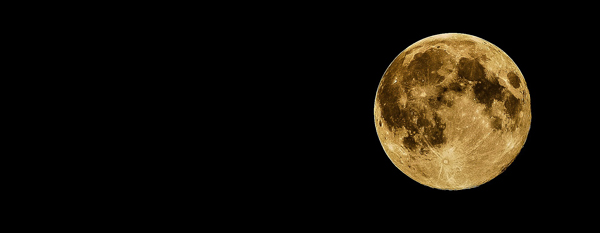As we celebrate the 50th anniversary of the man’s first step on the Moon, we must concentrate efforts to protect this great wilderness
Whitchurch, A., Mining the Moon.
Geoscientist 29 (6), 5, 2019
https://doi.org/10.1144/geosci2019-031;
Download the pdf here

Five decades after the Apollo missions, lunar exploration is experiencing a renaissance.
The renewed interest is due partly to the 2007 Google Lunar XPRIZE, a competition that challenged privately funded teams to land a robotic spacecraft on the Moon. Several teams took up the challenge, but the $30 million prize money went unclaimed when, after numerous deadline extensions, no team was able meet the final 31
st March 2018 launch target. Regardless, several companies that entered the competition still aim to launch missions by the end of 2021.
XPRIZE has been superseded by ‘The Moon Race’. With challenges that include building the first artefact made of lunar resources or filling a bottle with lunar water, the competition aims to encourage sustainable exploration of the Moon.
Such competitions are backed by major government agencies, including NASA and ESA. By piggybacking scientific instruments on these private missions, researchers can study topics such as the Late Heavy Bombardment and moonquakes. But, what might tempt private companies to invest? The answer: mining and the lunar economy.
Initial analyses of the Apollo samples implied a largely dry and barren satellite. We now know that the Moon harbours water ice at its poles and within its regolith, in addition to helium-3. These hydrogen, oxygen and helium resources could be harvested to sustain a manned lunar base, for use as fuel back on Earth, or as rocket fuel to power flights farther into the Solar System, with the aim of mining asteroids or even colonising Mars. The lower gravitational pull of the Moon means it would be cheaper to use the Moon as a fuelling base for long-distance space travel than it would be to carry the full fuel load from Earth.
The prospect of mining the Solar system, particularly by private companies, raises numerous ethical questions. Who owns these resources? Who has the right to exploit them? The 1967 United Nations Outer Space Treaty prevents the appropriation of the Moon, or any celestial body, by individual nations, but does not prevent space mining. To establish a regime for Moon use, the treaty was followed in 1979 by the Moon Treaty, which states that all activities must conform to international law, similar to the UN Convention on the Law of the Sea. But the treaty is largely useless in practise because it was not ratified by major space-faring nations, such as the United States, Russia and China.
In a recent study (
Acta Astronautica, 2019) astrophysicist Martin Elvis and philosopher Tony Milligan argue that more than 85% of the Solar System should be designated ‘Space wilderness’, to protect celestial bodies from industrial exploitation. Based on humankind’s exponential growth and consumption and our inability to foresee the pace of such growth (as evidenced by climate change and over population), they contend that we could burn through 1/8
th of our Solar System’s resources in under 400 years, leaving just 60 years to transition to more restricted conditions or risk exhaustion. Of course, there are many unknowns, and technological advances will alter the calculations. Still, Elvis and Milligan make a strong argument.
Technology has preceded regulation in space, making rules difficult to enforce. Sustainable exploration will require restraint and international cooperation.
AMY WHITCHURCH, EDITOR
[email protected]
Further reading
Benna, M. et al. (2019) Lunar soil hydration constrained by exospheric water liberated by meteoroid impacts. Nature Geoscience 12, 333–338;
https://doi.org/10.1038/s41561-019-0345-3
Elvis, M. & Milligan, T. (2019) How much of the solar system should we leave as wilderness? Acta Astronautica In Press;
https://doi.org/10.1016/j.actaastro.2019.03.014
Gibney, E. (2019) First private Moon lander heralds new lunar space race. Nature 566, 434-436; doi: 10.1038/d41586-019-00634-8
Gibney, E. (2018) How to build a Moon base. Nature 562, 474-478; doi: 10.1038/d41586-018-07107-4
Johnson-Freese, J. (2017) Build on the outer space treaty. Nature 550, 182–184;doi:10.1038/550182a
Li, S. et al. (2018) Direct evidence of surface exposed water ice in the lunar polar regions. PNAS 115 (36) 8907-8912;
https://doi.org/10.1073/pnas.1802345115
Listner, M. (2011) The Moon Treaty: failed international law or waiting in the shadows? The Space Review;
http://www.thespacereview.com/article/1954/1
The Moon Race: https://www.themoonrace.org/en/challenges/themoonrace
(Image credit: Pixabay.com)